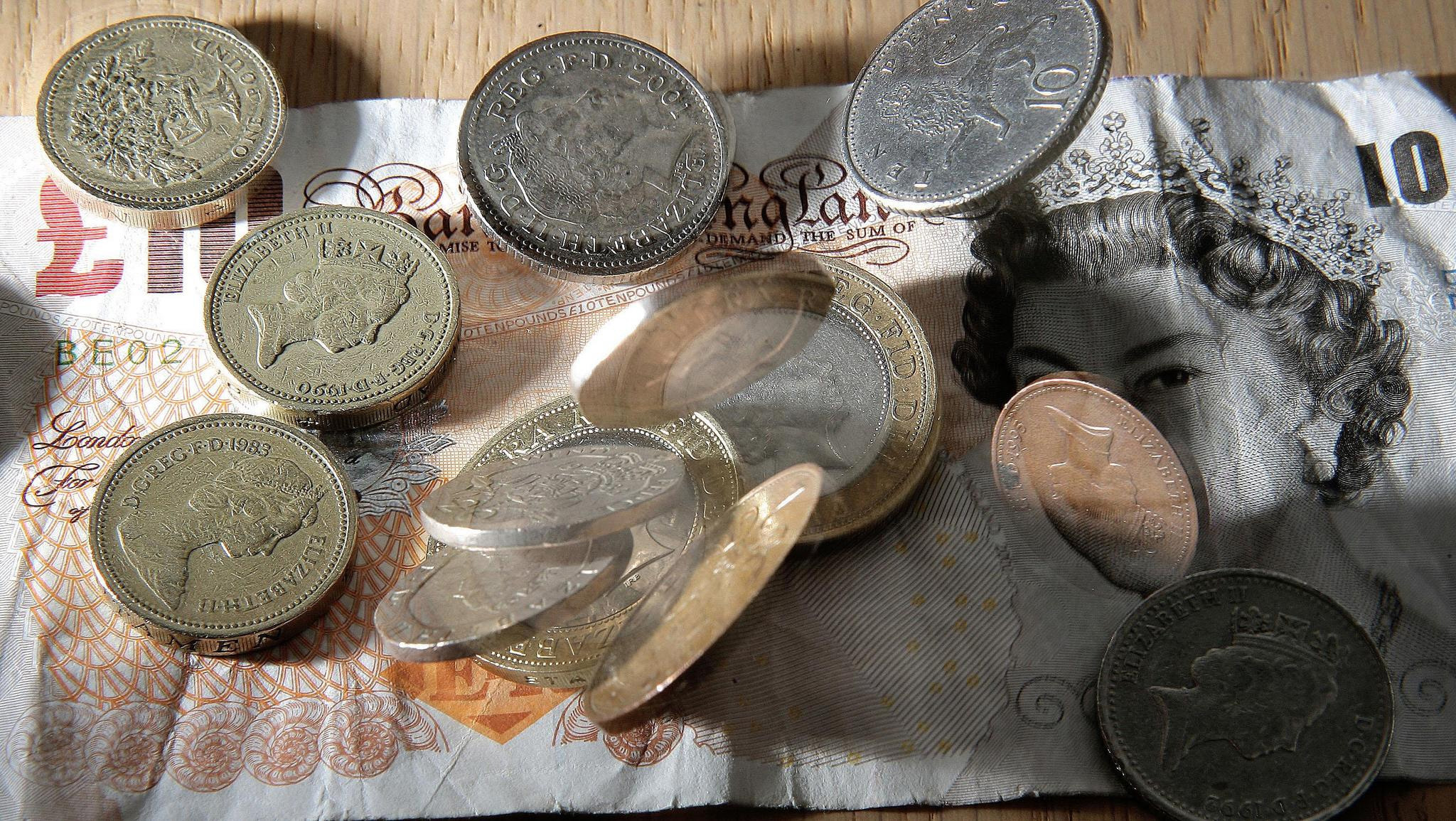
Aviva’s Family Finances report found that typical household debt has surged by 42% since summer 2015 to reach the highest levels seen for two and-a-half years.
Excluding mortgage borrowing, average family debt now stands at £13,520 – marking a leap of £4,000 from the average debt of £9,520 in summer 2015.
The latest report, covering winter 2015, fuelled concerns that many families’ finances are finely balanced and the continued availability of cheap credit is leading to households racking up debts on credit cards, overdrafts and personal loans which could become problematic as and when interest rates start to rise.
The latest figure recorded by Aviva is the highest since summer 2013, when the average family owed £16,300.
The latest increase means that the average amount owed is 24% more than in winter 2011, when Aviva started tracking families’ finances and households typically owed £10,870.
Couples with two or more children tend to have the biggest debts, owing £18,830 on average, the report found.
Recent Bank of England lending figures have prompted concerns from charities about the levels of credit being taken on by consumers.
There has also been speculation that interest rates could start increasing this year, pushing up the cost of borrowing.
Aviva found that families in London owe £40,810 on average, excluding mortgage debt, giving them the highest regional debt burden per family and 10 times the average owed per family in Wales, at £4,060.
The report also found that the typical family’s monthly net income has fallen for the first time since July 2012, now standing at £2,024. This marks a fall of £102 compared with six months earlier.
Families are now saving £105 per month on average, which is 50% more than in 2010, but less than six months ago, when the average amount saved per month was £113.
The typical family saving pot now has £3,150 sitting in it – which is only enough to keep a household going for around a month and-a-half if there is an emergency.
Louise Colley, managing director, protection, Aviva, said that while families’ increased savings levels compared with 2010 are to be welcomed, their finances are still “precariously balanced”.
She said: “The alarming levels of rising household debt, along with a recent reduction in income and savings levels, paints an uncertain picture for the family purse in 2016.
“With the possibility that the Bank of England could raise interest rates this year, families who have grown accustomed to cheaper credit – particularly those who have spent heavily over the Christmas period – need to ensure they are still fully prepared to manage debt repayments, as well as other monthly outgoings, should rates go up.”
More than 2,000 people aged between 18 and 55 years old from across the UK were surveyed for the report.

Enjoy the convenience of having The Sunday Post delivered as a digital ePaper straight to your smartphone, tablet or computer.
Subscribe for only £5.49 a month and enjoy all the benefits of the printed paper as a digital replica.
Subscribe